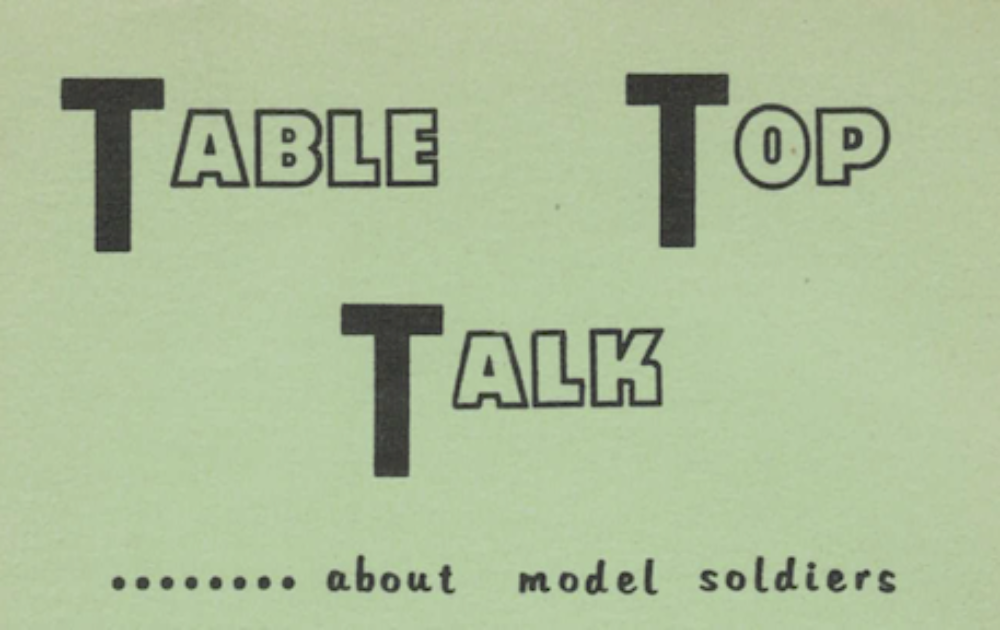As I sit-down to write this post, I have no clear direction in mind. I’ve been thinking about the process Liam and I are using to write a set of rules for his games and thought, that maybe others might find the topic of interest…
First, some background. We wanted to create a simple set of rules that Liam could use to play some games with his friends, but we also wanted something that we could expand easily. Our initial target is a Fantasy / Medieval war game. Nothing fancy, just a basic or introductory game. Version 1 of the rules was aimed at 54mm plastic knights. Version 1 was outdated before the first page dropped from the printer!
I should start with sharing some of our basic design parameters. First all info required to play (charts, tables and the like) needs to fit on two sides of an 8 1/2″ x 11″ sheet of paper. We decided to leave out things like: Formations, Fatigue and Morale. They will be added into the more detailed game, but we felt that for introductory purposes these would just bog things down. We also decided to leave out any complicated command structures (I’m letting turn sequence handle that for now). Keeping things simple allows us to focus on rules for: Turn Sequence, Movement, Melee and Ranged Combat.
Melee combat is simple enough – each player rolls a d6, the high roller score a hit. In version 1, a Hit was the same as a Kill. After some play-testing, we decided to allow the Player to roll for a Save. Liam had wanted to add Hit Points, but I talked him out of that, as I wanted little or no bookkeeping in the game.
Ranged combat is also resolved by the roll of a d6. Make your point and score a Hit – again, we allow player to roll for a Save.
Note: Types or armour or weapons are not accounted for in this game. We will add rules for weapons and armour types, but are keeping it super simple for now.
Artillery is similar to normal (personal weapon) range combat, but I wanted to use some of the ideas from the original Chainmail. For cannon fire we use a range/bounce stick to determine where the projectile hits (roll a d6 for each figure hit). For catapults we use an impact template. roll a d6 for each figure in the impact zone. As always any Hit figures roll for Save.
Movement is, well Movement. We keep it simple. All Foot troops have same movement. All Cavalry has same movement. All Artillery has same (limited) movement. Terrain restrictions are minimal (for now).
Turn Sequence is also fairly simple. Roll for initiative (high roll chooses first or second on the turn). First player for the turn performs any Ranged Combat, Movement and Melee (in that order) for his troops. Player two repeats same.
The above doesn’t cover all of our rules, but it does cover most of the basics. We’ve looked at a number of different rules mechanisms, but keep coming back to our basic rules as being the simplest, fastest and cleanest. There is plenty more to add (and we can do so without making the game too clunky), so our current 1.3 version won’t be the last by any means.
For those curious about our armies; we are using a mix of figures. Many are Mage Knight figures. Some are Hero Clix (but treated as regular warrior rather than super heroes). There are also some number of miscellaneous figures (no idea where they came from). Rounding things out are 30mm Scruby and 25mm Bloodaxe figures. We still have a set of 54mm knights, mostly plastic. We don’t mix these with the smaller figures – we just play a different game (same rules) with those.
Liam and I will be sure to post some pictures from our next battle. We may even post a copy of our rules – but not before some more playtesting!
